Home>Garden Essentials>How Does Crop Rotation Prevent Soil Erosion
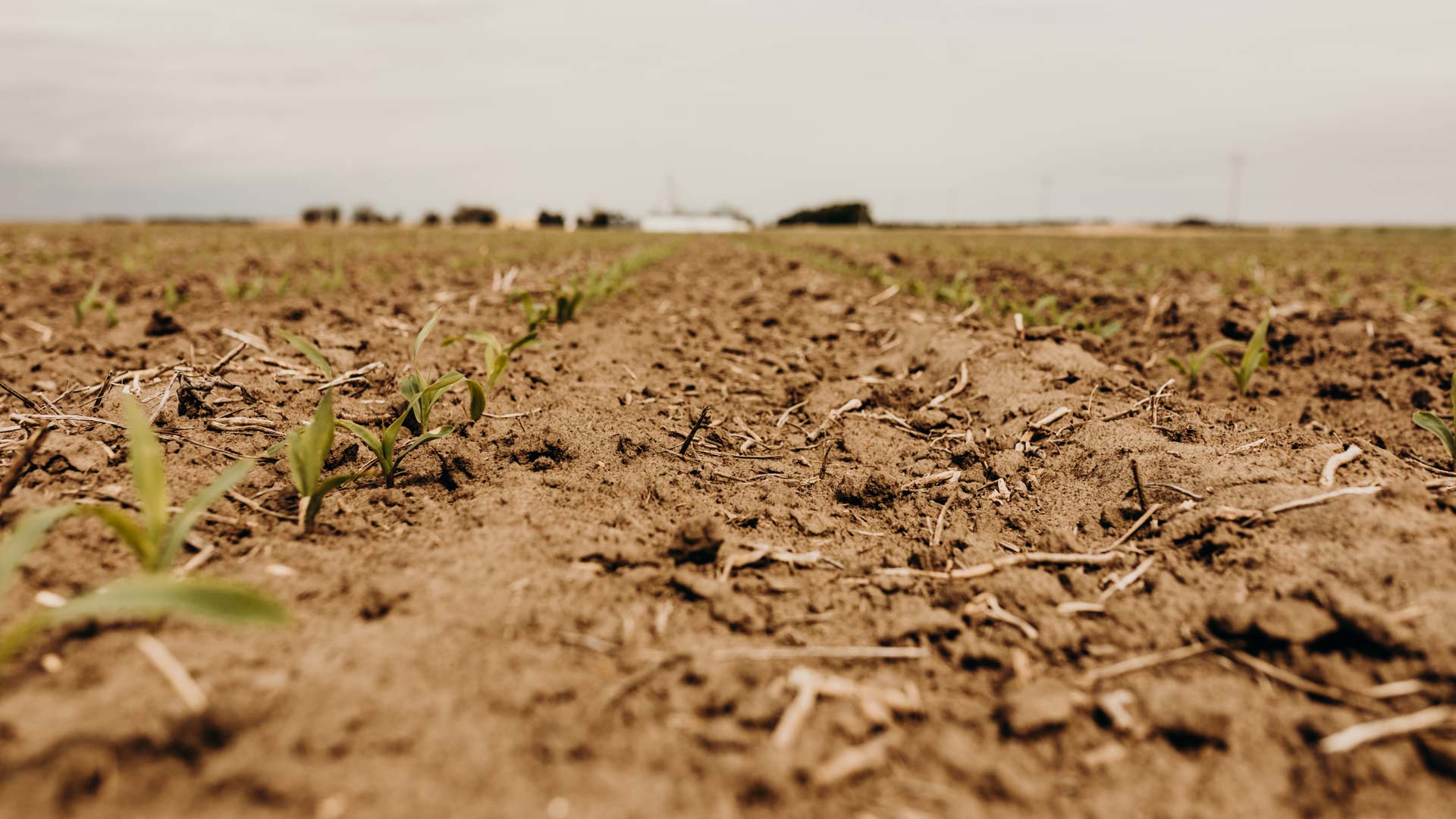

Garden Essentials
How Does Crop Rotation Prevent Soil Erosion
Modified: January 9, 2024
Learn how crop rotation in your garden can prevent soil erosion and improve soil health. Discover the benefits of this sustainable gardening practice.
(Many of the links in this article redirect to a specific reviewed product. Your purchase of these products through affiliate links helps to generate commission for Storables.com, at no extra cost. Learn more)
Introduction
Soil erosion is a critical issue that affects the productivity and sustainability of agricultural lands worldwide. The gradual loss of topsoil due to erosion can lead to decreased fertility, diminished crop yields, and environmental degradation. However, the agricultural technique of crop rotation has emerged as a powerful and sustainable strategy for mitigating soil erosion while enhancing soil health and overall crop productivity.
By systematically alternating the types of crops grown in specific areas over time, farmers can effectively combat soil erosion and maintain the long-term viability of their land. In this article, we will delve into the fascinating world of crop rotation, exploring its profound impact on soil conservation and agricultural sustainability. We will uncover the underlying mechanisms through which crop rotation prevents soil erosion and examine the diverse array of benefits associated with this time-honored agricultural practice.
Join us on a journey through the intricate interplay of crops, soil, and environmental stewardship as we unravel the secrets of how crop rotation serves as a formidable bulwark against soil erosion.
Key Takeaways:
- Crop rotation prevents soil erosion by diversifying crops, improving soil health, and reducing the need for chemical pesticides, leading to sustainable and resilient agricultural systems.
- Implementing diverse crop sequences, cover crops, and conservation tillage practices is essential for maximizing the benefits of crop rotation and combating soil erosion.
Read more: How Does Grass Prevent Soil Erosion
Understanding Soil Erosion
Soil erosion is a natural process that occurs when the top layer of soil is displaced or worn away by various environmental factors such as wind, water, or human activity. This gradual wearing down of the soil can have profound consequences, leading to decreased soil fertility, reduced water retention, and the loss of essential nutrients vital for plant growth.
Water erosion, often caused by heavy rainfall or inadequate irrigation practices, can result in the formation of gullies and the washing away of valuable topsoil. On the other hand, wind erosion, prevalent in arid and semi-arid regions, can lead to the displacement of soil particles, causing dust storms and land degradation.
Human activities such as improper land management, deforestation, and unsustainable agricultural practices can exacerbate soil erosion, posing a significant threat to the long-term productivity of agricultural lands. The detrimental impact of soil erosion extends beyond agriculture, affecting water quality, aquatic ecosystems, and overall environmental health.
Understanding the complex dynamics of soil erosion is crucial for implementing effective strategies to mitigate its adverse effects. By comprehending the underlying causes and consequences of soil erosion, we can appreciate the importance of adopting sustainable agricultural practices such as crop rotation to safeguard the integrity of our soils and ensure the continued abundance of harvests for generations to come.
Benefits of Crop Rotation
Crop rotation, a time-honored agricultural practice, offers a myriad of benefits that contribute to the overall health and productivity of farmland. By diversifying the types of crops grown in a particular area over successive seasons, farmers can harness the inherent advantages of crop rotation, fostering sustainable agricultural systems and mitigating the detrimental effects of soil erosion.
One of the primary benefits of crop rotation is the improvement of soil health. Different crops have varying nutrient requirements and interactions with the soil microbiome, and by rotating crops, farmers can prevent the depletion of specific nutrients while promoting the overall balance of soil fertility. Additionally, certain crops possess natural pest-repelling properties, and alternating these crops with others can help control pests and diseases, reducing the reliance on chemical pesticides.
Crop rotation also contributes to weed management by disrupting the life cycles of weeds and preventing the buildup of specific weed populations. This leads to a reduction in weed pressure and minimizes the need for herbicides, fostering a more sustainable and eco-friendly approach to weed control.
Furthermore, the practice of crop rotation can enhance water retention and soil structure, leading to improved moisture availability and aeration for subsequent crops. By fostering a healthier soil ecosystem, crop rotation supports the development of robust root systems and overall plant resilience, ultimately leading to increased crop yields and improved agricultural sustainability.
Moreover, crop rotation can have positive environmental impacts by reducing the leaching of nutrients and agrochemicals into water bodies, thereby safeguarding water quality and preserving fragile aquatic ecosystems. This sustainable approach to agriculture aligns with broader conservation efforts and promotes the long-term ecological balance of agricultural landscapes.
By harnessing these multifaceted benefits, farmers can effectively combat soil erosion and cultivate resilient, high-yielding agricultural systems that prioritize environmental stewardship and long-term sustainability.
How Crop Rotation Prevents Soil Erosion
Crop rotation serves as a powerful tool in the fight against soil erosion, employing a multifaceted approach to safeguarding the integrity of agricultural lands. By strategically alternating the types of crops grown in specific fields over successive seasons, farmers can effectively mitigate soil erosion through a combination of biological, ecological, and agronomic mechanisms.
One of the key ways in which crop rotation prevents soil erosion is by enhancing soil structure and stability. Different crops have varying root structures and depths, and by rotating crops with diverse root systems, the soil is naturally aerated and bound together, reducing the risk of erosion caused by wind and water. Deep-rooted crops, such as legumes, can penetrate the soil, improving its overall stability and resistance to erosion.
Furthermore, crop rotation promotes the continuous cover of the soil surface, reducing its exposure to the erosive forces of wind and water. This sustained coverage helps prevent the detachment and displacement of soil particles, maintaining the crucial topsoil layer and preserving its fertility and nutrient content.
Another pivotal aspect of how crop rotation prevents soil erosion lies in its ability to enhance soil organic matter and microbial diversity. Different crops contribute distinct organic residues to the soil, enriching its organic content and fostering a diverse microbial community. This, in turn, enhances soil aggregation and stability, reducing the susceptibility of the soil to erosion and promoting its overall resilience.
Moreover, the practice of crop rotation can effectively break pest and disease cycles, reducing the need for chemical interventions that can disrupt the natural balance of the soil ecosystem. By minimizing the prevalence of pests and diseases, crop rotation contributes to the overall health and vigor of crops, ensuring their robust growth and minimizing the risk of crop failure due to infestations or infections.
Through these interconnected mechanisms, crop rotation acts as a formidable bulwark against soil erosion, nurturing the long-term sustainability of agricultural lands and fostering a harmonious coexistence between farming practices and environmental conservation.
Crop rotation prevents soil erosion by alternating the types of crops grown in a field. Different crops have different root structures, which help hold the soil in place and prevent erosion.
Types of Crop Rotation
Crop rotation encompasses a diverse array of rotational patterns and strategies, each tailored to optimize soil health, nutrient management, and pest control while mitigating soil erosion and enhancing overall agricultural sustainability. Farmers can implement various types of crop rotation based on the specific needs of their land, climate conditions, and crop preferences, harnessing the unique advantages of each rotation system to maximize yields and preserve the long-term fertility of their fields.
1. Traditional Crop Rotation: This classic rotational pattern involves a sequence of different crops planted in successive seasons, typically alternating between cereals, legumes, and oilseed crops. For example, a common traditional rotation might involve planting corn, followed by soybeans, and then rotating to wheat. This approach helps replenish soil nutrients, control pests, and break disease cycles, contributing to improved soil structure and reduced erosion risk.
2. Cover Crop Rotation: Cover crops are strategically interposed between cash crops to provide soil cover, enhance organic matter, and suppress weeds. Legumes, grasses, and other cover crops are utilized to protect the soil during fallow periods and improve its structure and fertility. This rotation type is particularly effective in preventing erosion during periods when the land would otherwise be left bare and vulnerable to erosive forces.
3. Multi-Year Crop Rotation: In this approach, crops are rotated over an extended period, often spanning three to five years or more. This longer rotation cycle allows for a more comprehensive management of soil nutrients, pest populations, and overall soil health. By diversifying the crop sequence over an extended timeframe, farmers can effectively enhance soil resilience and reduce erosion risk while optimizing long-term productivity.
4. Specialized Crop Rotation: Tailored to specific agricultural goals, specialized crop rotation involves the rotation of crops with distinct attributes, such as deep-rooted crops, nitrogen-fixing legumes, or soil-building cover crops. This approach allows farmers to address specific soil health and erosion concerns while harnessing the unique benefits of specialized crops to fortify the overall resilience of their agricultural systems.
By leveraging these diverse types of crop rotation, farmers can craft customized rotational plans that align with their land’s unique requirements, promoting soil conservation, enhancing agricultural productivity, and preserving the precious resource of arable land for future generations.
Implementing Crop Rotation Techniques
Implementing Crop Rotation Techniques
Effective implementation of crop rotation techniques is essential to maximize the benefits of this sustainable agricultural practice and combat soil erosion. Farmers can employ a range of strategies and best practices to seamlessly integrate crop rotation into their agricultural operations, ensuring the long-term health and productivity of their fields while minimizing erosion risk.
1. Assessing Soil and Crop Requirements: Prior to implementing crop rotation, it is crucial to assess the specific soil characteristics, nutrient levels, and crop requirements of the land. Understanding the soil’s pH, organic matter content, and nutrient composition allows farmers to select an appropriate rotation sequence that optimally addresses the soil’s needs and fosters balanced nutrient management.
2. Designing Diverse Crop Sequences: Farmers should design diverse crop sequences that encompass a range of crop types with varying nutrient demands, root structures, and growth habits. By diversifying the crop portfolio, farmers can optimize soil health, minimize erosion risk, and promote natural pest and disease control, fostering a resilient and sustainable agricultural ecosystem.
3. Integrating Cover Crops: Incorporating cover crops into the rotation plan can significantly enhance soil protection and erosion prevention. Cover crops such as clover, rye, and vetch provide vital soil cover, improve organic matter content, and bolster soil structure, effectively shielding the land from erosive forces during fallow periods and enhancing overall soil health.
4. Adopting Conservation Tillage Practices: Implementing conservation tillage, such as no-till or reduced tillage, in conjunction with crop rotation can further mitigate erosion risk by preserving soil structure and minimizing soil disturbance. Conservation tillage practices help maintain soil cover and stability, reducing the potential for erosion caused by wind and water.
5. Monitoring and Adjusting Rotational Plans: Regular monitoring of crop performance, soil health indicators, and erosion susceptibility is essential for refining and adjusting rotational plans. By closely observing the impacts of crop rotation on soil erosion and overall agricultural sustainability, farmers can fine-tune their rotational strategies to optimize long-term soil health and productivity.
6. Seeking Professional Guidance: Consulting with agricultural extension services, soil scientists, and agronomic experts can provide invaluable insights and recommendations for implementing effective crop rotation techniques. Leveraging professional expertise can help farmers tailor their rotational plans to suit their specific agricultural objectives and environmental conditions.
By conscientiously implementing these crop rotation techniques, farmers can harness the full potential of this sustainable agricultural practice to prevent soil erosion, enhance soil health, and foster resilient and productive agricultural landscapes.
Conclusion
Crop rotation stands as a beacon of sustainable agricultural stewardship, offering a holistic and effective approach to preventing soil erosion while nurturing the long-term health and productivity of agricultural lands. By systematically alternating crops, integrating cover crops, and embracing diverse rotational patterns, farmers can fortify their fields against erosion, enhance soil fertility, and promote the sustainable coexistence of agriculture and the environment.
The multifaceted benefits of crop rotation extend far beyond erosion prevention, encompassing improved soil structure, enhanced nutrient management, natural pest control, and broader environmental conservation. This time-honored agricultural practice embodies the harmonious interplay of nature and human ingenuity, fostering resilient and bountiful agricultural ecosystems that endure for generations.
As we continue to confront the challenges of sustainable food production and environmental preservation, the enduring relevance of crop rotation as a cornerstone of agricultural sustainability becomes increasingly apparent. Its capacity to mitigate soil erosion, conserve soil health, and bolster agricultural resilience underscores its indispensable role in cultivating a thriving and balanced agroecosystem.
Through the conscientious implementation of diverse crop sequences, cover crops, and conservation tillage practices, farmers can harness the transformative power of crop rotation to safeguard the precious resource of arable land, sustainably nourish communities, and preserve the natural heritage of our agricultural landscapes.
As we look to the future, embracing and advocating for the widespread adoption of crop rotation emerges as a pivotal step towards fostering a sustainable and regenerative agricultural paradigm, where the vitality of the land is preserved, and the bounty of harvests endures in harmony with the natural world.
Frequently Asked Questions about How Does Crop Rotation Prevent Soil Erosion
Was this page helpful?
At Storables.com, we guarantee accurate and reliable information. Our content, validated by Expert Board Contributors, is crafted following stringent Editorial Policies. We're committed to providing you with well-researched, expert-backed insights for all your informational needs.
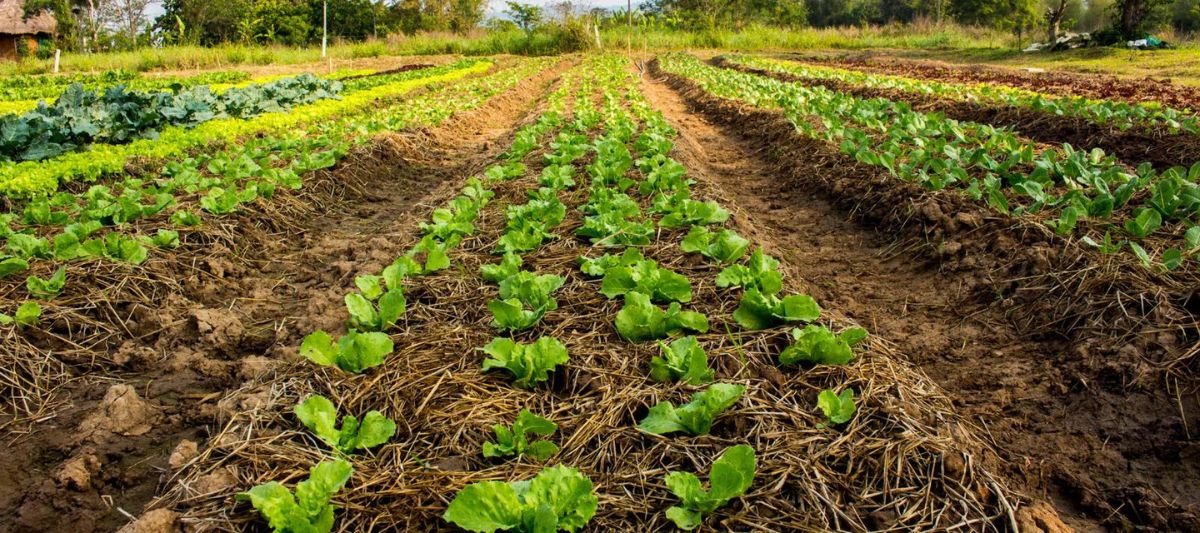
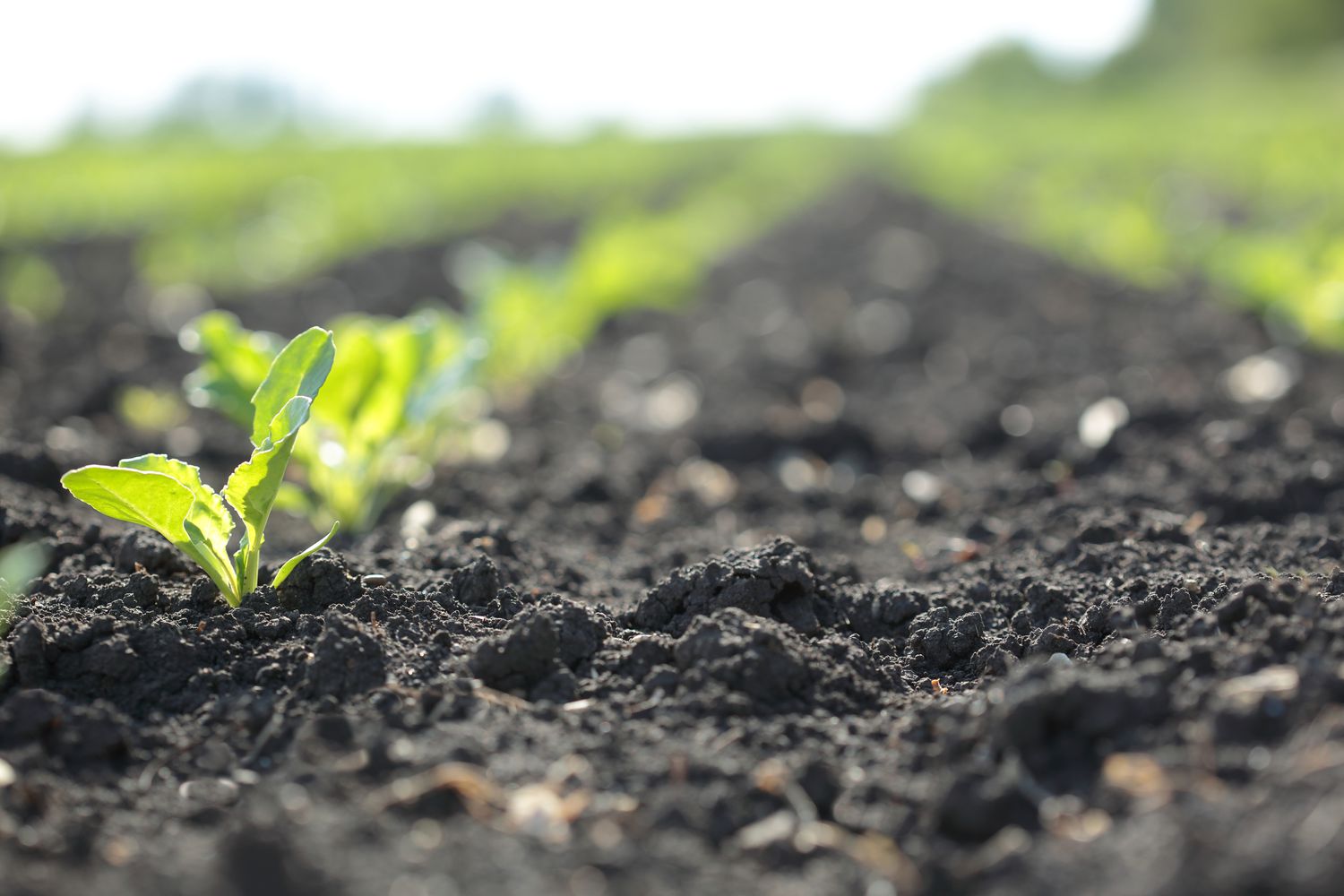
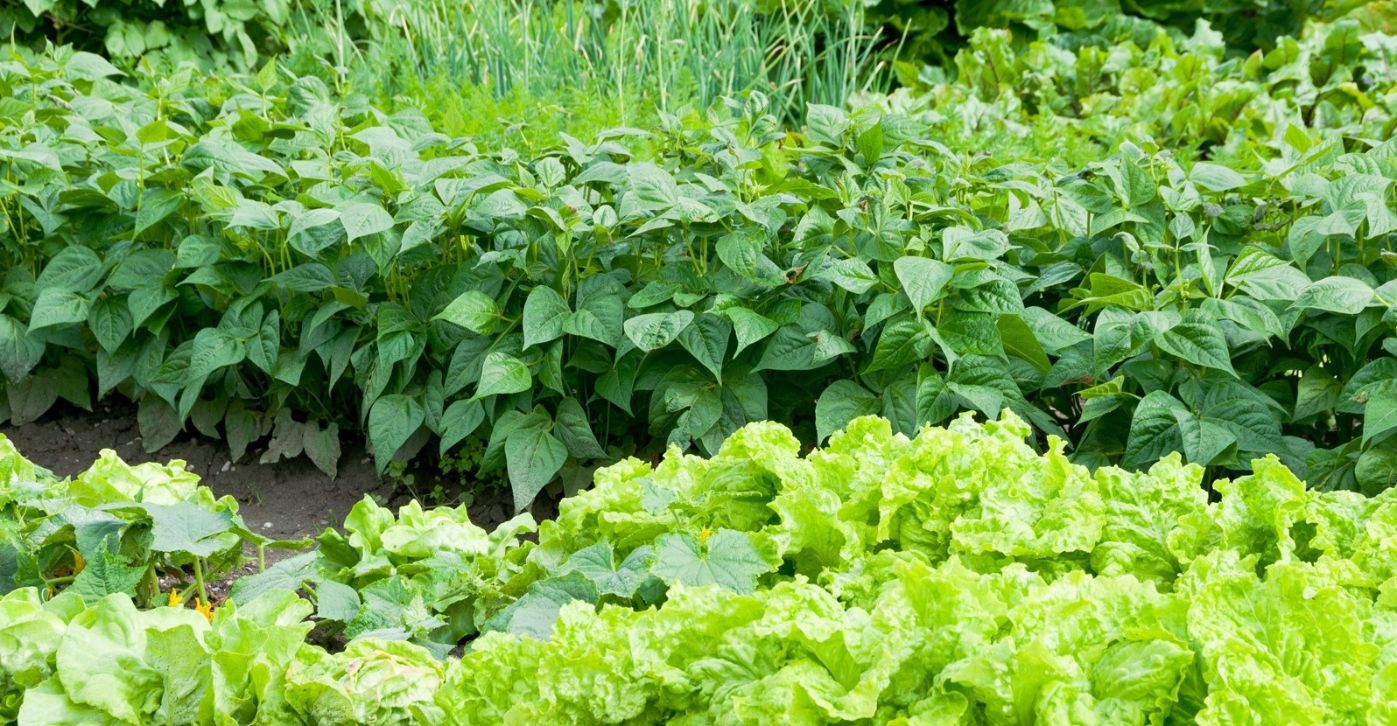
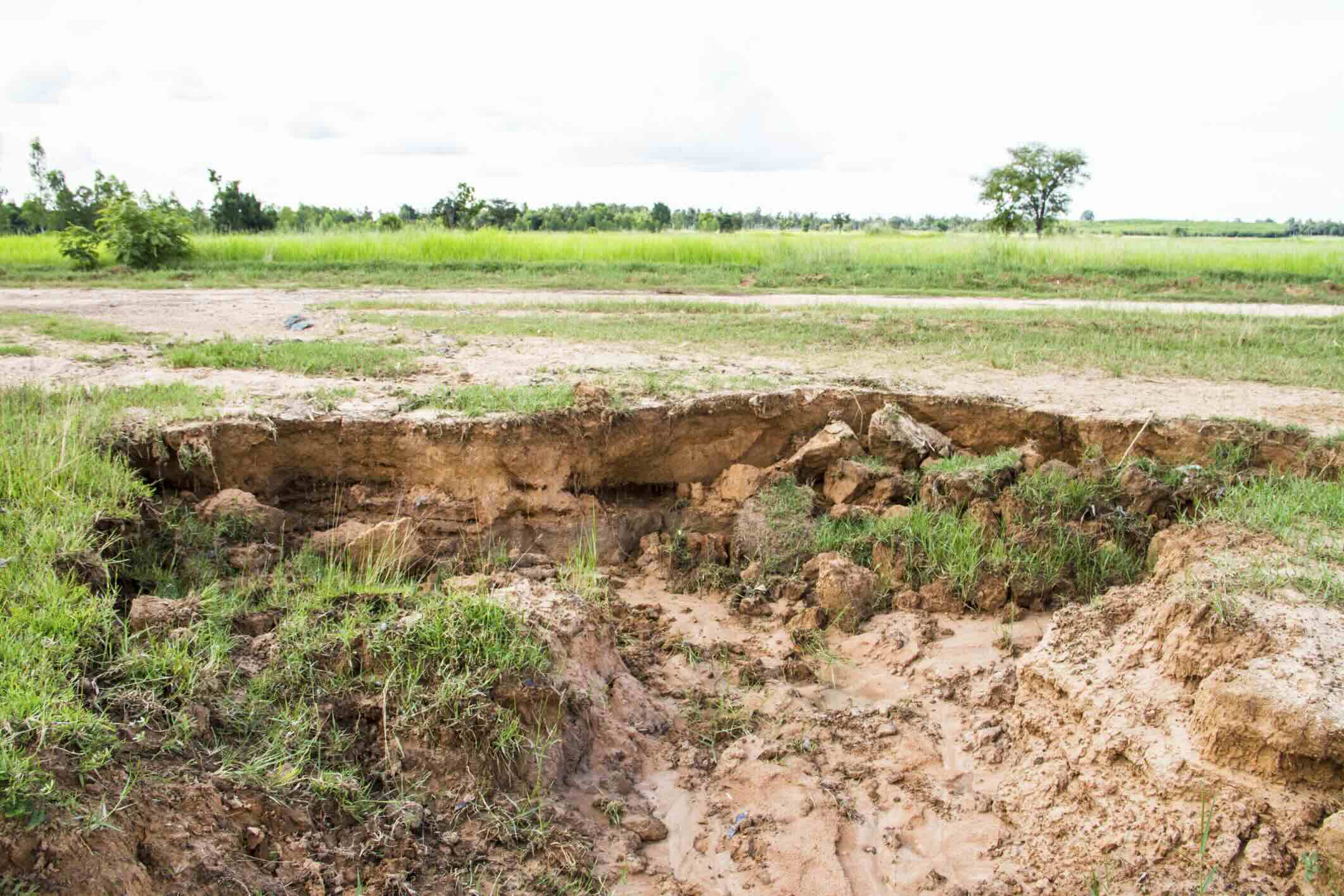
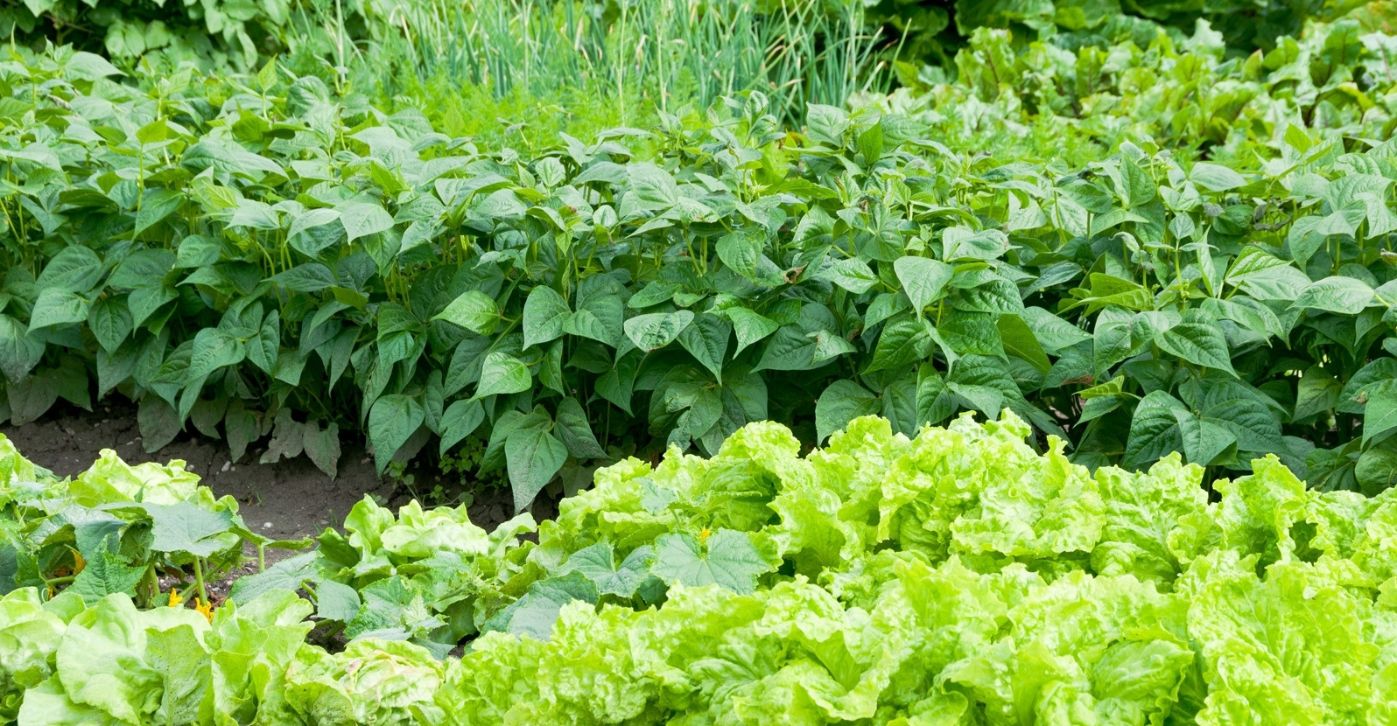
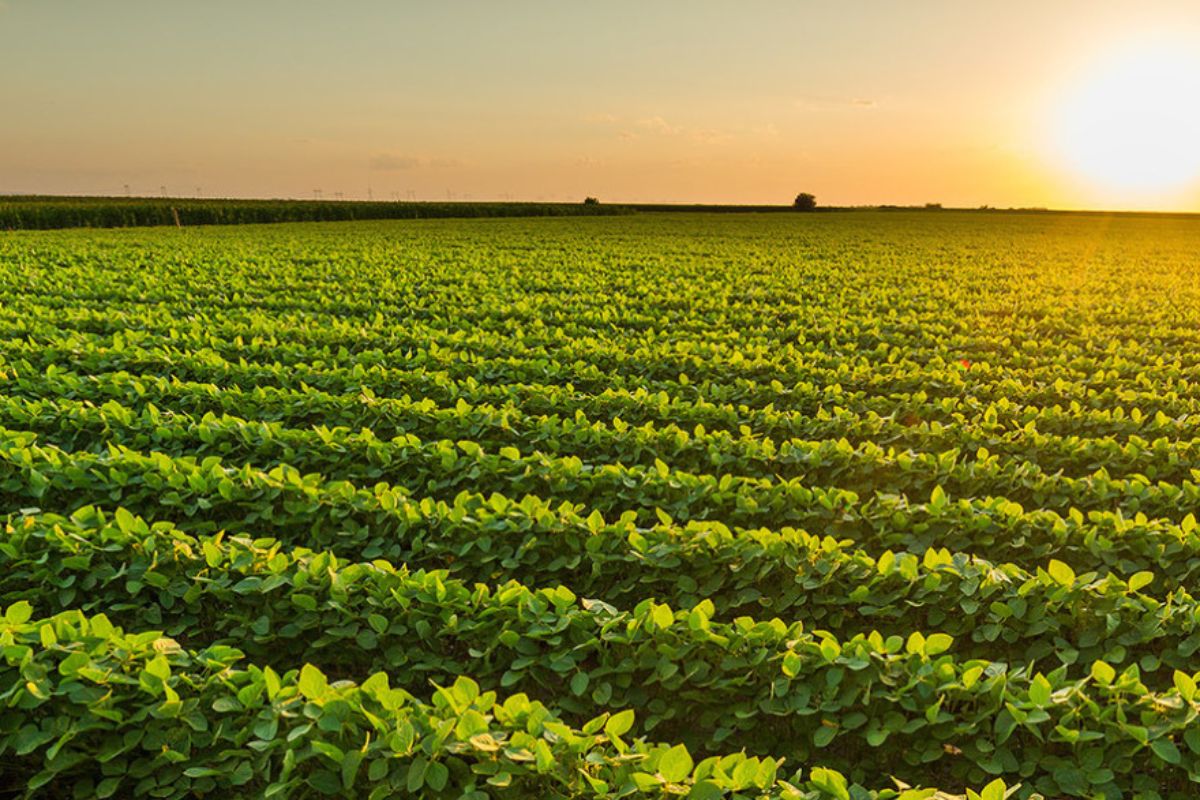
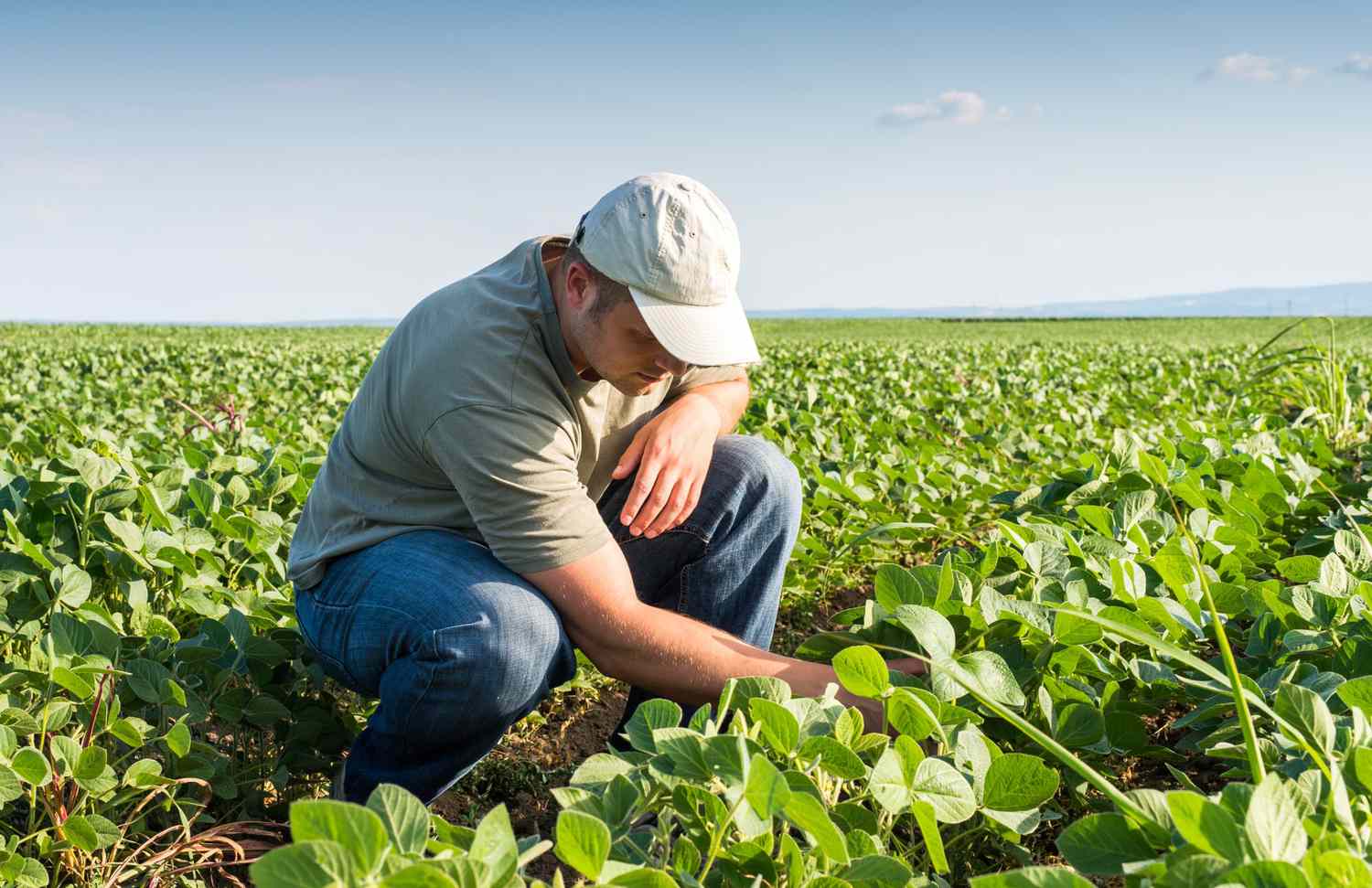
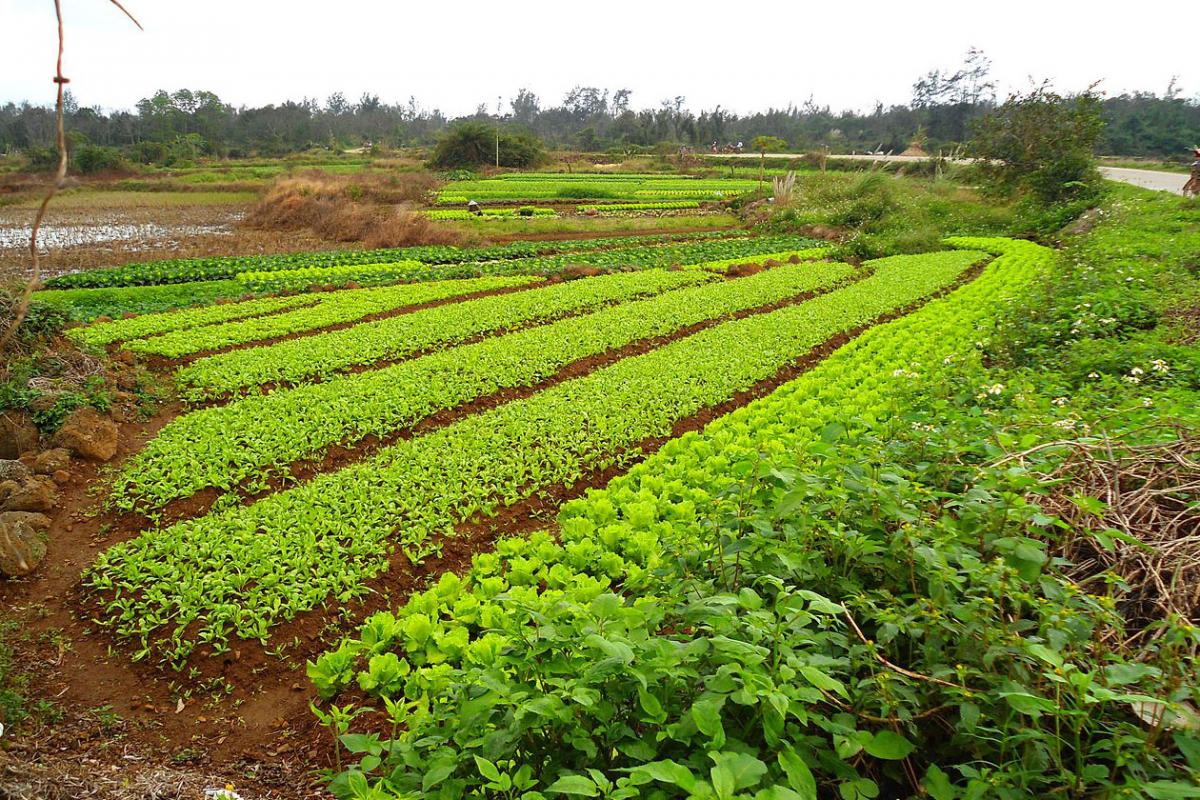
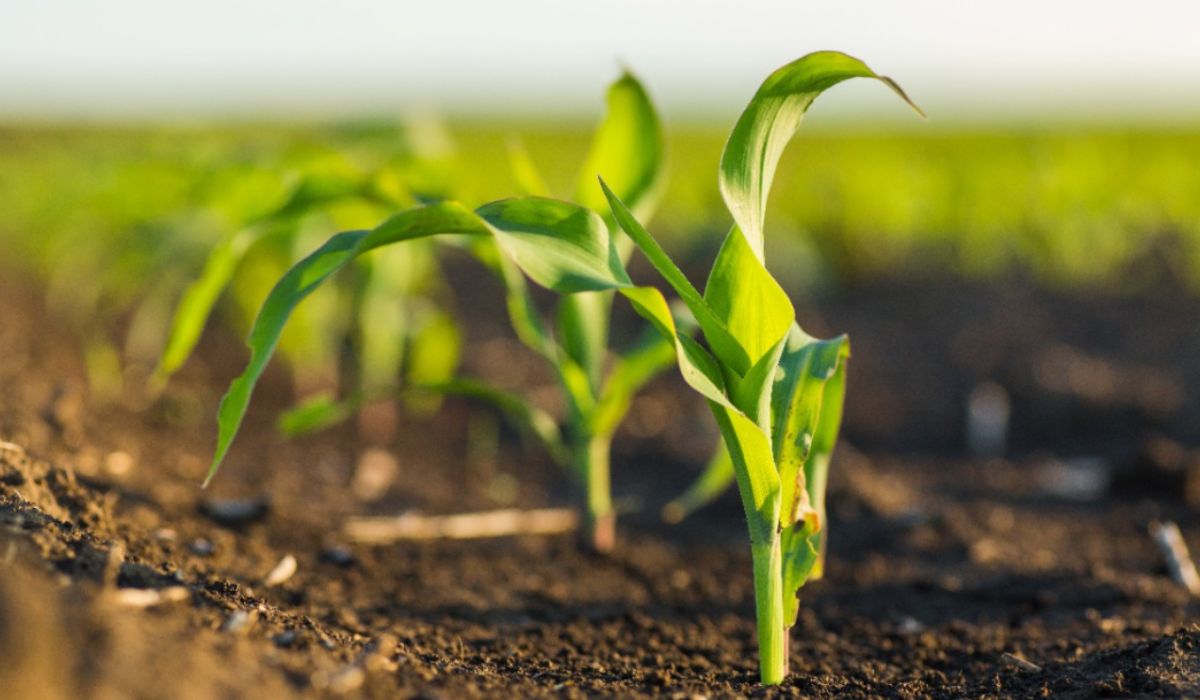


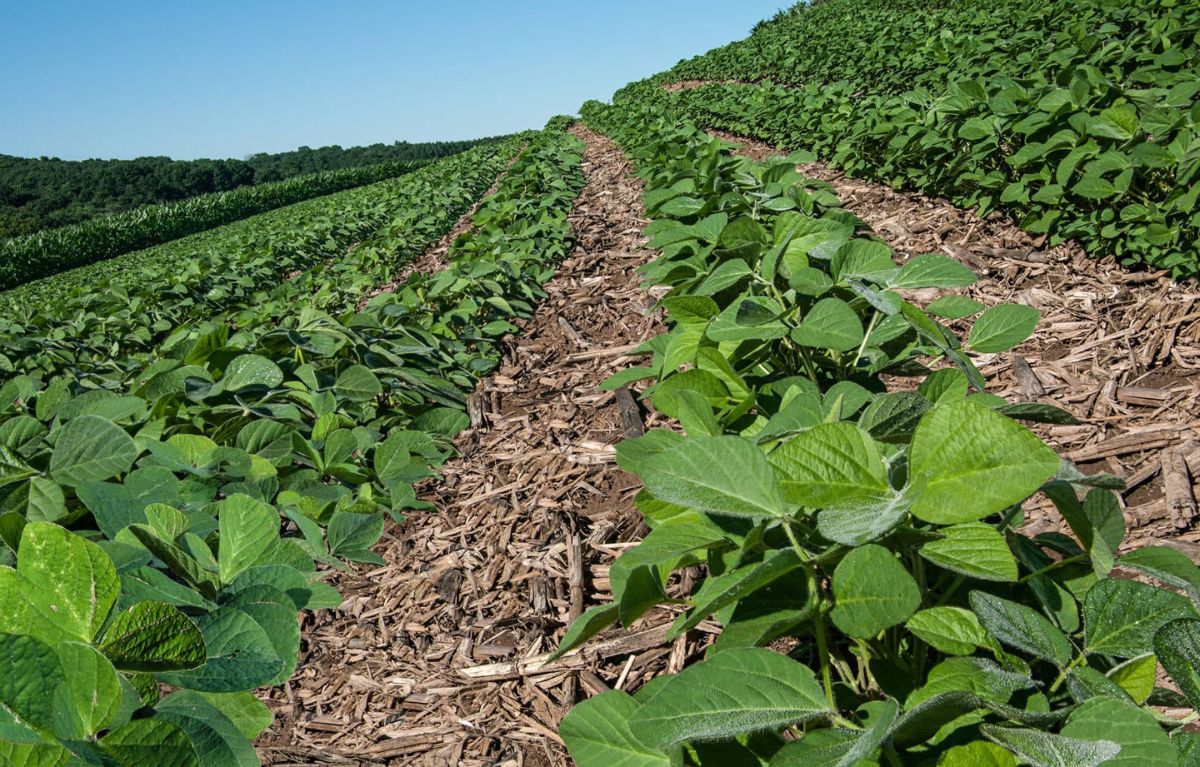
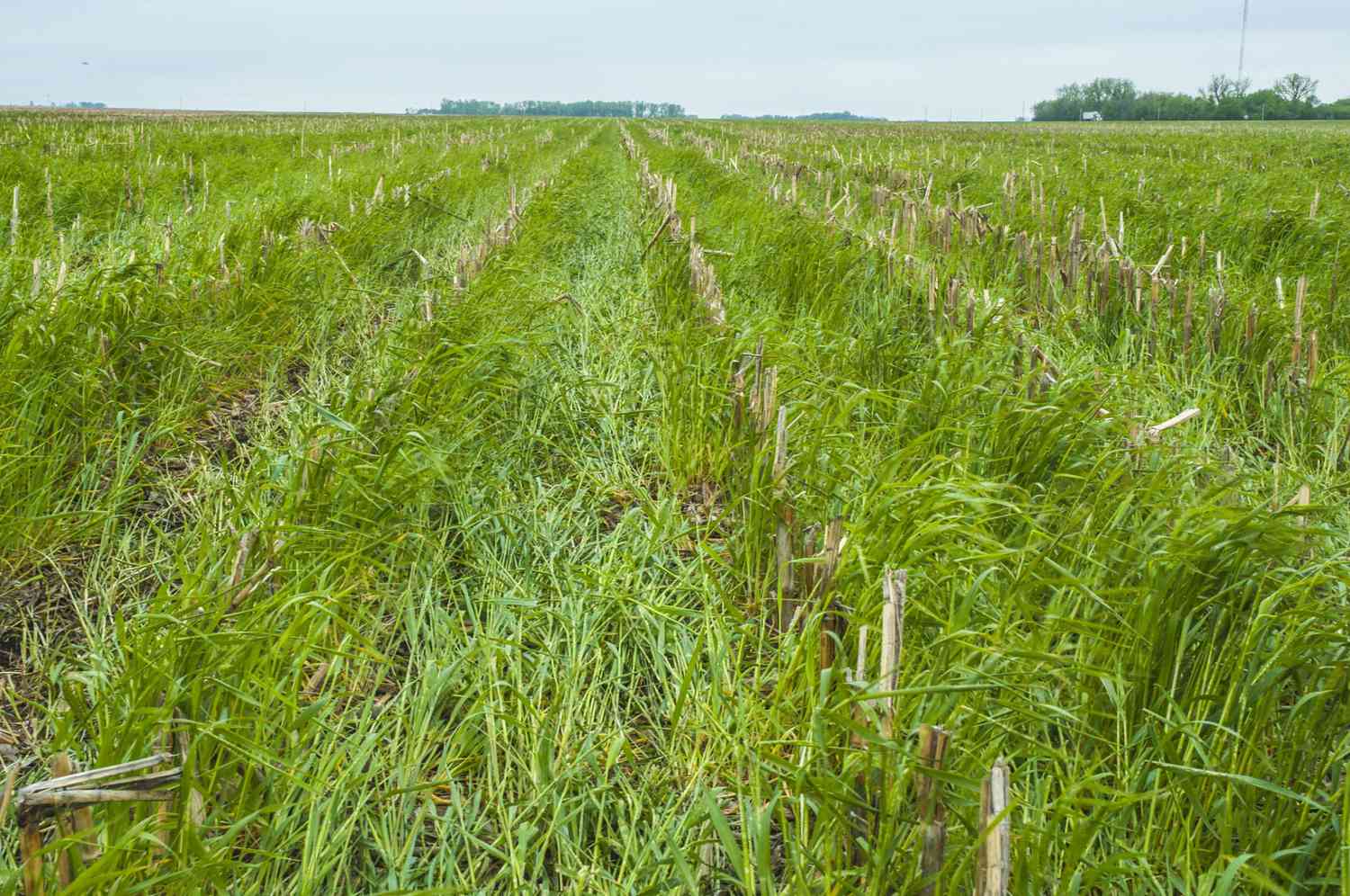
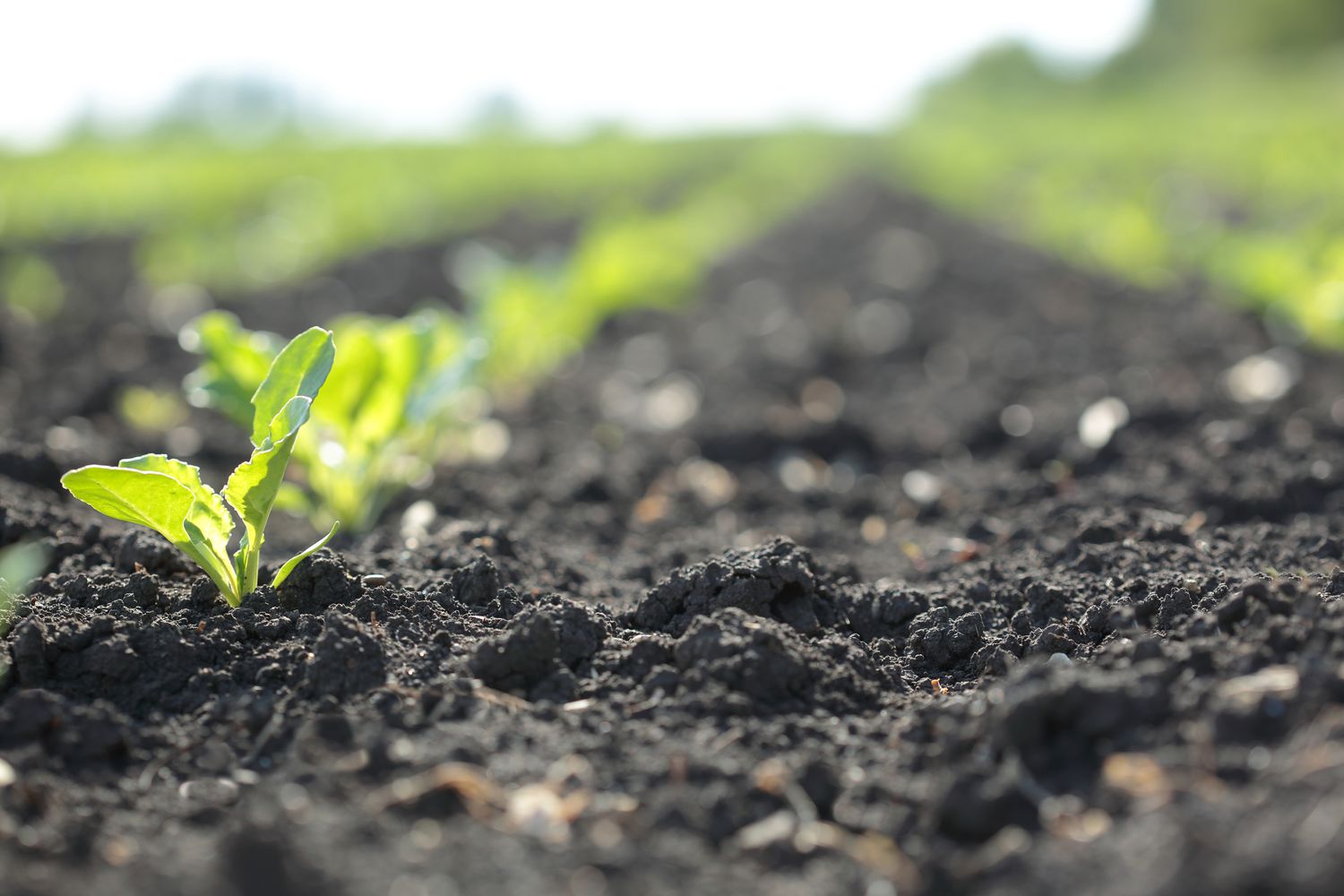

0 thoughts on “How Does Crop Rotation Prevent Soil Erosion”